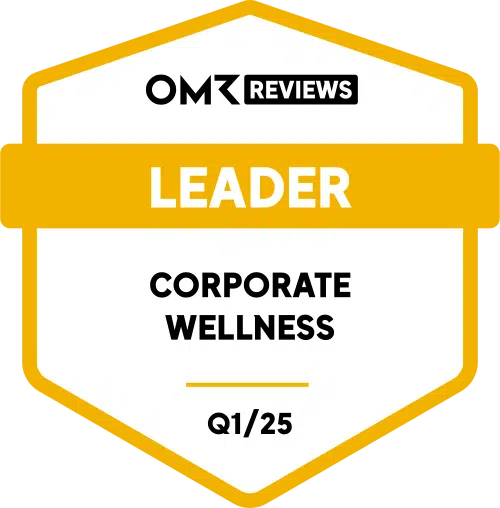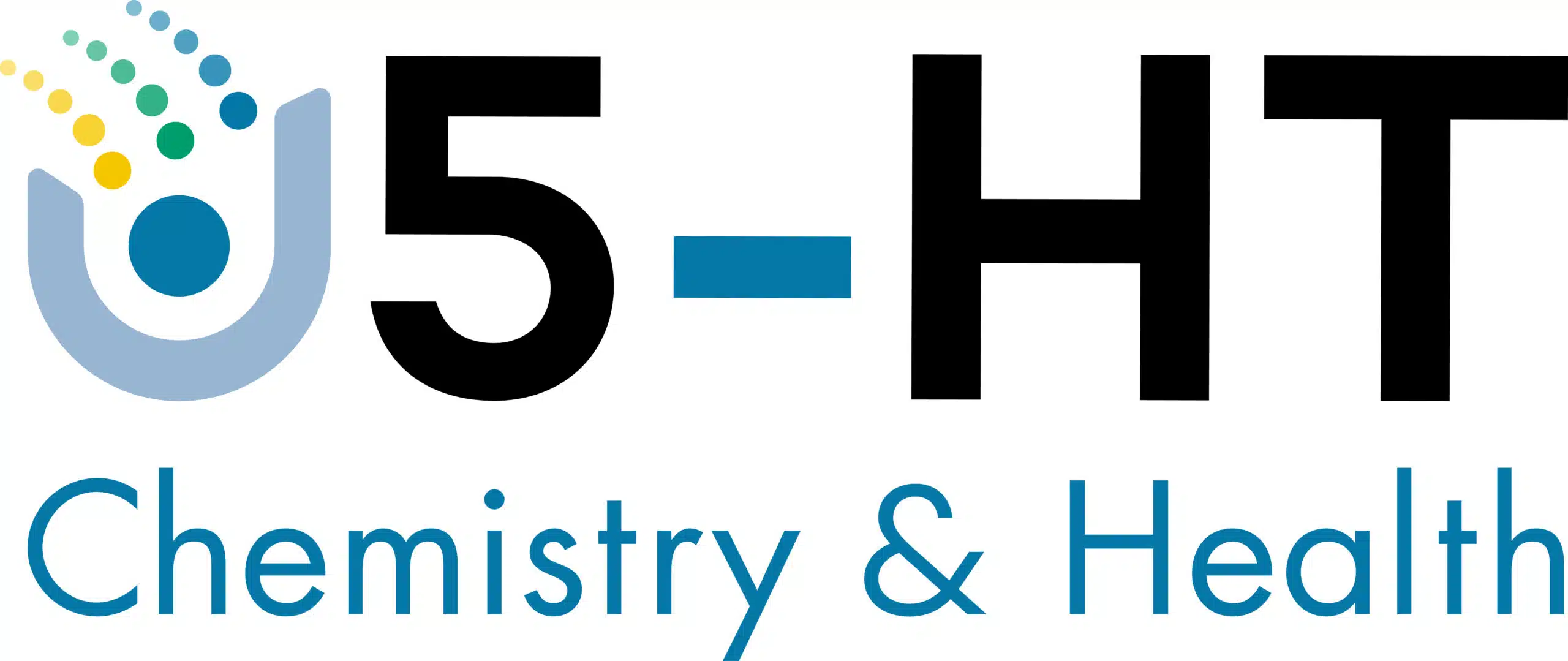A Framework for Workplace Health and Openness
Berliner Modell
4 Min. Reading time I To the lexicon overview
Workplace health is not just a matter of individual responsibility; it’s a shared effort. The Berlin Model provides an effective framework to elevate occupational health promotion through open communication and flat hierarchies, emphasizing active employee participation. But what exactly is this approach, and how does it differ from other models?
What is the Berlin Model?
The Berlin Model is a type of health circle, a participatory instrument within occupational health management (OHM). Developed in the 1990s in Berlin, this approach features flat, hierarchy-spanning organization, where employees collaborate equally to identify health issues and develop solutions.
Key Features of the Berlin Model
- Voluntary Participation: Employees choose whether to join the health circle.
- Equality: All participants, from executives to staff, have equal say.
- Open Communication: Problems are discussed openly in workshops, regardless of hierarchy.
Joint Decision-Making: Measures are developed and implemented through consensus.
Advantages of the Berlin Model
The Berlin Model enables companies to establish a health-promoting corporate culture. By flattening hierarchies, it fosters trust, participation, and responsibility. Employees actively shape their work environment, improving their health and well-being.
Additionally, this model provides a safe space to address challenges such as stress management, leadership behavior, or conflict resolution. Homogeneous groups—such as exclusively employees or exclusively managers—can facilitate more open discussions and actionable improvement suggestions. Combining it with tools like the COPSOQ Questionnaire can help evaluate workplace stressors and develop targeted interventions, similar to approaches used in workplace fitness challenges or corporate health initiatives.
The Role of Moderation
Effective facilitation is crucial in health circles. A trained moderator ensures neutrality and maintains contact with internal committees, such as the occupational safety committee or the health working group. Companies often opt for external moderators, who bring advantages such as independence from internal structures, enabling more candid discussions on sensitive topics. Internal moderators, however, have deeper familiarity with the organization, allowing for more tailored approaches.
Did You Know? Health circles like the Berlin Model don’t just address health concerns—they also foster collaboration, trust, and innovation across teams. Participants often report a greater sense of ownership and satisfaction with implemented changes.
Combining with the Düsseldorf Model
The Berlin Model is often combined with the Düsseldorf Model over time. While the Berlin Model focuses on equality, the Düsseldorf Model emphasizes hierarchical organization, with specific groups (e.g., managers or employees) working separately. Combining these models allows for both open discussions and targeted problem-solving, enhancing corporate fitness challenge programs and addressing specific workplace issues.

Conclusion
The Berlin Model is a powerful tool for fostering employee health and creating a culture of trust and openness. Through voluntary participation, equality, and regular discussions, it generates practical solutions that enhance both employee well-being and collaboration. By integrating related methodologies like the Work Ability Index or focusing on challenges such as employee absenteeism and ergonomics, companies can expand the impact of the Berlin Model.
Moreover, linking health circles with corporate fitness apps or teambuilding challenges can further improve employee engagement. Whether addressing mental health at work or strengthening team spirit, this model offers a sustainable and adaptable approach to occupational health management. With proper facilitation and the flexibility to combine with other models like the Düsseldorf Model, the Berlin Model is a cornerstone of effective workplace health strategies.
Would you like to learn more about how the Berlin Model and Teamfit can enhance health and collaboration in your company?
FAQ Berliner Modell
The Berlin Model is a participatory tool within occupational health management that promotes open communication and flat hierarchies. It allows employees to actively identify health issues and develop solutions collaboratively.
ue qui velit. Magni dolorum quidem ipsam eligendi, totam, facilis laudantium cum accusamus ullam voluptatibus commodi numquam, error, est. Ea, consequatur.
The Berlin Model fosters a health-promoting corporate culture by building trust and responsibility. By involving all employees – from executives to staff – it creates a space for open discussions and sustainable improvements.m quidem ipsam eligendi, totam, facilis laudantium cum accusamus ullam voluptatibus commodi numquam, error, est. Ea, consequatur.
Absolutely! One of its core benefits is creating safe spaces to discuss sensitive topics like mental health at the workplace and stress management, leading to actionable solutions that benefit the entire team.
By fostering equality and open communication, the Berlin Model strengthens team spirit and collaboration. It works well alongside team-building activities or fitness challenges for employees, making it a valuable tool for modern personnel development.
Appreciation boosts employees’ well-being, encourages their growth and innovation, and contributes to a positive company culture, which directly impacts business success.
Sources
Ulich, E. & Wülser, M. (2015). Gesundheitsmanagement in Unternehmen. Arbeitspsychologische Perspektiven. (S.163 – 169). 6. Auflage. Springer Gabler Verlag




